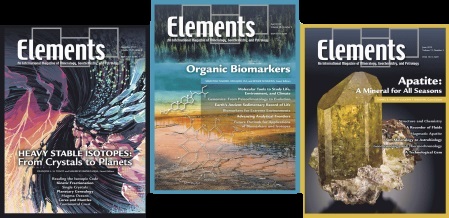Perspective
GRANITES, LEUCOGRANITES, HIMALAYAN LEUCOGRANITES

THE QUEST FOR EXTRATERRESTRIAL CRATONS
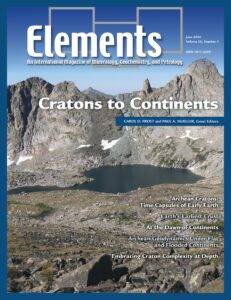
Here I explore our Solar System’s rocky planetary bodies as possible Archean craton (AC) analogs. Why? If other bodies host AC like features, we might learn things about early Earth that we cannot learn from Earth itself. Typically, we look to Earth for planetary analogs. I propose the reverse—let us look to other planets for Earth analogs. Planets are likely most similar in their early histories. Earth developed plate tectonics, but this elegant global cooling process destroyed most of Earth’s early geological record. No other planets developed global plate tectonics and, therefore, might preserve records of early global processes that shed light on our own planet’s workings.
MINERALS FOR A CHANGING WORLD
By Nedal T. Nassar | December, 2023
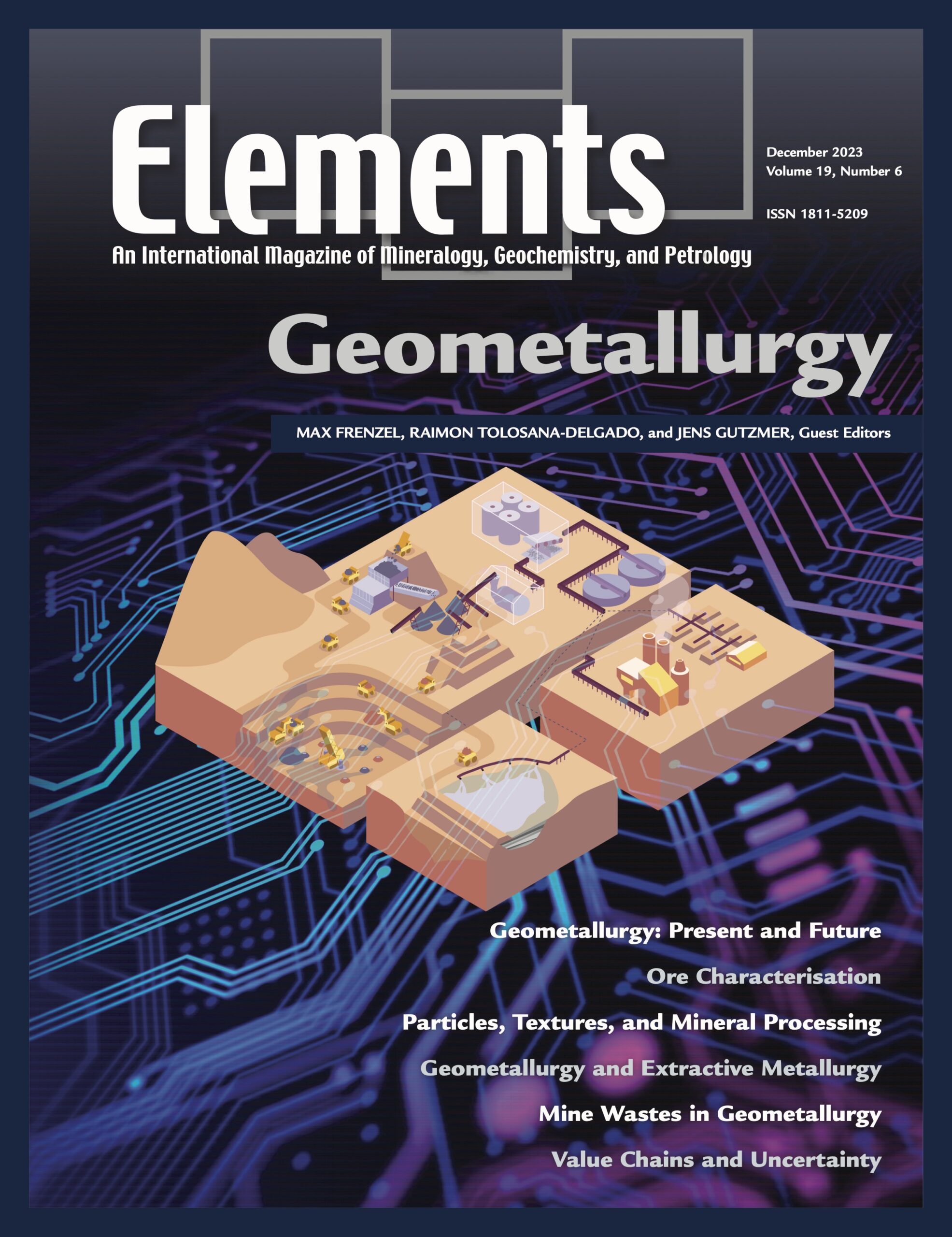
The clean energy transition is essentially a shift from fossil fuels, including coal, natural gas, and petroleum, to nonfuel mineral commodities, such as tellurium, lithium, and rare earths. That is because clean energy technologies like solar panels, wind turbines, electric vehicles, and electric grid energy storage systems require significant quantities of these and other nonfuel mineral commodities—but it is, of course, much more than that. The clean energy transition is about trade and supply chains; manufacturing and jobs; resource nationalism and great powers competition. It is also about the environment and community relations; economic development and the circular economy; emerging technologies and intellectual property. As we race toward the middle of the 21st century, one would be hard pressed to identify a topic that is at the nexus of more consequential issues than this one.
WHOLE EARTH CONTROLS ON THE EVOLUTION OF LIFE
By Cin-Ty Lee | October, 2023
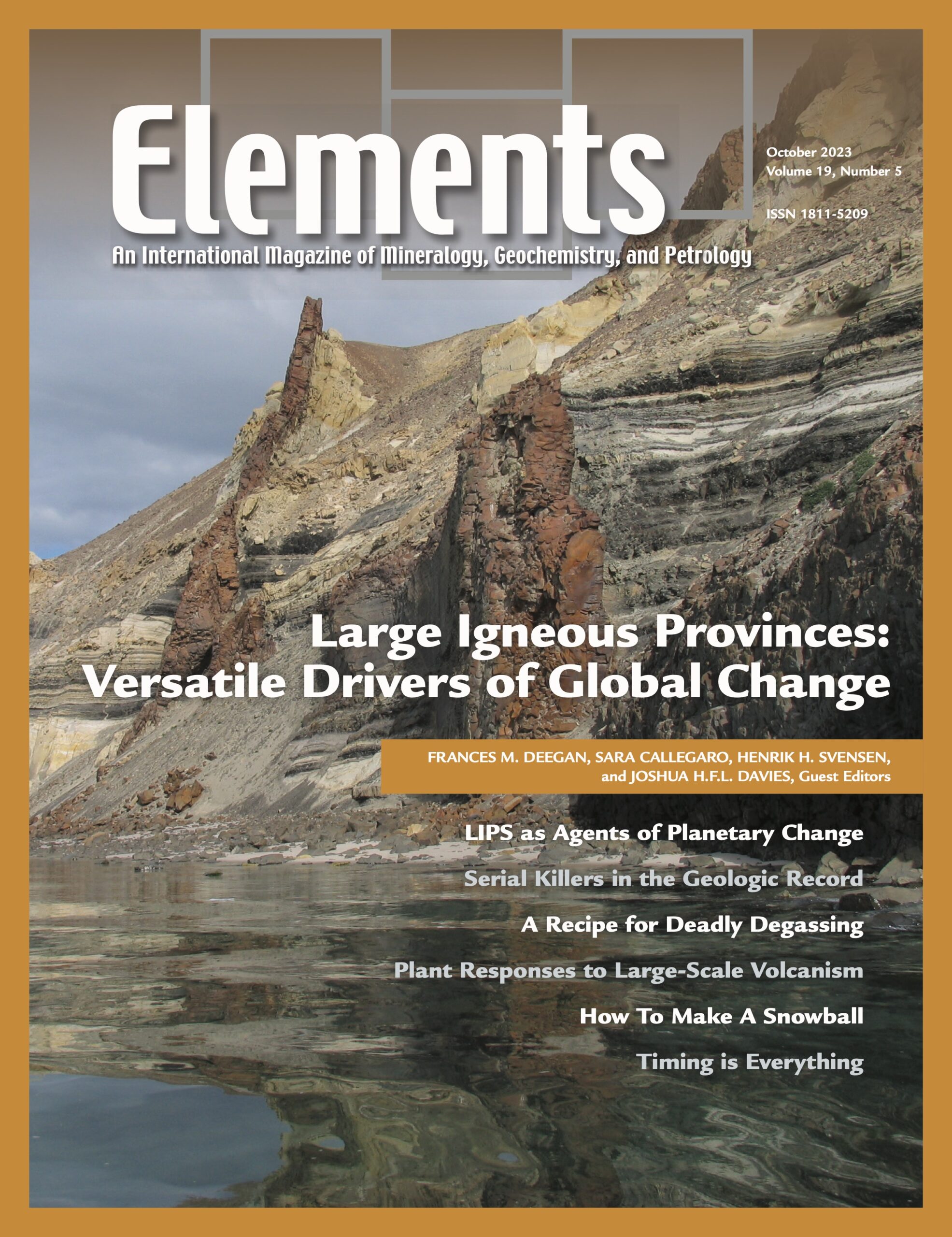
This issue’s theme is on the importance of large igneous provinces (LIPs) driving global environmental change. As discussed in this issue’s articles, these massive but short-lived magmatic events profoundly impacted the evolution of life through mass extinctions and, in some cases, changing the long-term climatic state of our planet. LIPs are a reminder that the whole Earth, from the core to the crust to the atmosphere, ocean, and life are interconnected, but more specifically, the dynamics of the Earth’s interior plays a key role in facilitating life. For life to exist, disequilibrium must exist. Disequilibrium gives rise to energy gradients. At the most basic level, life can be seen as merely a means of facilitating the flow of energy across these gradients. For example, life-sustaining energy can be accessed from redox potentials between reduced volcanic gases and the oceans and atmosphere. Temperature gradients in hydrothermal environments also provide life-giving energy. But for most of Earth’s history, the most important source of life-giving energy comes from the Sun, accessed through the biochemical reactions associated with photosynthetic organisms. From photosynthesis, the Sun’s energy is captured and stored in the form of reduced carbon, which is then distributed across the planet to sustain non-photosynthetic life, even in places where the Sun does not shine, e.g., the deep sea or in soils.
The Golden Age of Mineralogy: Reflections by Ima Medalists (Part II)
By Rodney C. Ewing, Gordon E. Brown, Jr., and Robert M. Hazen | December, 2022
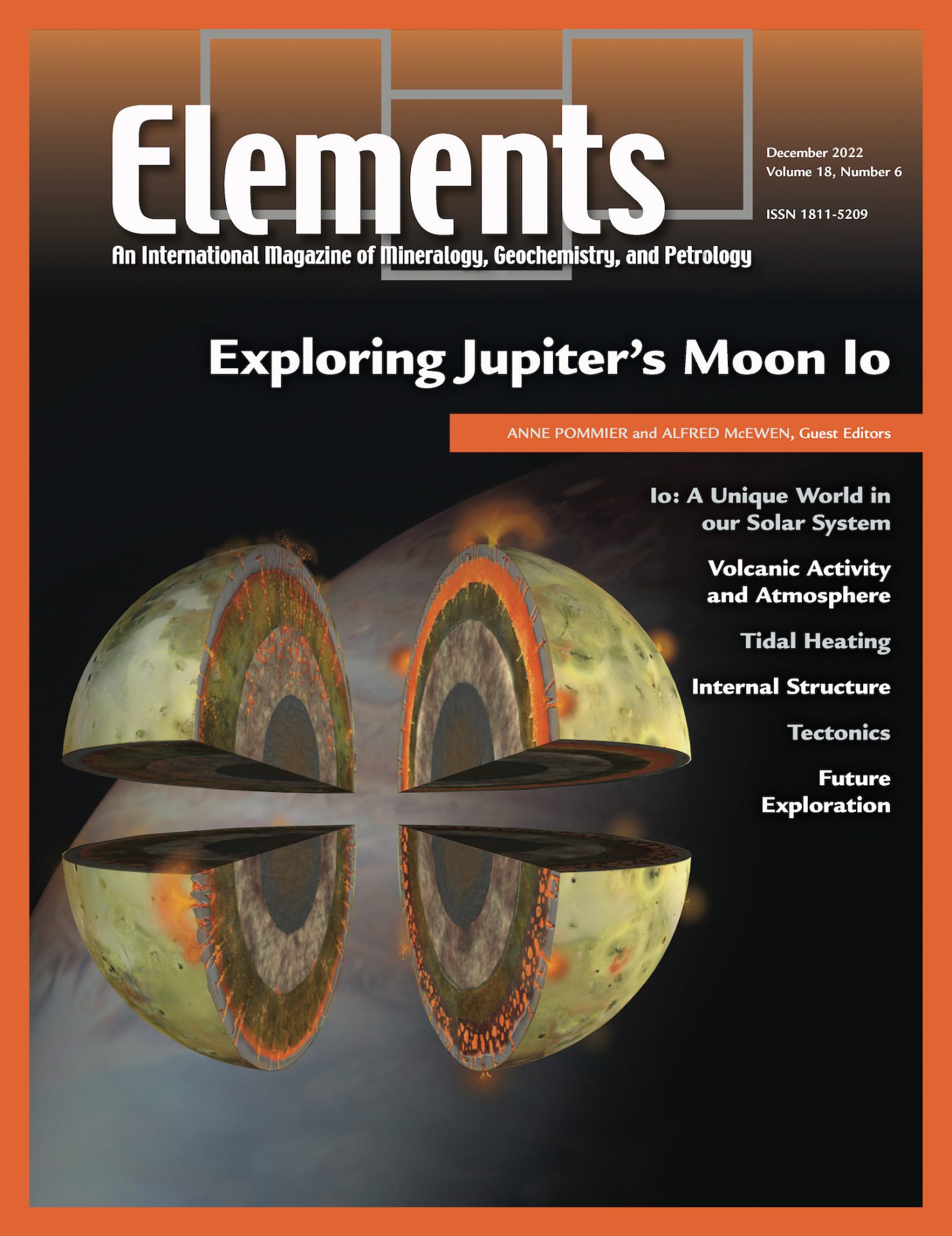
The International Mineralogical Association (IMA) Medal of Excellence (www.imamineralogy.org/Medal.htm) was established in 2006 as a lifetime achievement award that recognizes the excellence and impact of one’s contribution to knowledge. Here, we present the second half of a twopart series featuring recipients of the IMA Medal of Excellence and their personal reflections and experience of the “Golden Age of Mineralogy.” The first half of this series was presented in Elements vol. 18, no. 3, with insightful passages composed by Distinguished Professor Emeritus Frank C. Hawthorne (University of Manitoba, Canada) and Professor Nikolay V. Sobolev (V.S. Sobolev Institute of Geology and Mineralogy, Russia). This issue features passages written by Professor Rodney C. Ewing (Stanford University, USA), Professor Emeritus Gordon E. Brown, Jr. (Stanford University, USA), and Robert M. Hazen (Carnegie Institution for Science, USA).

